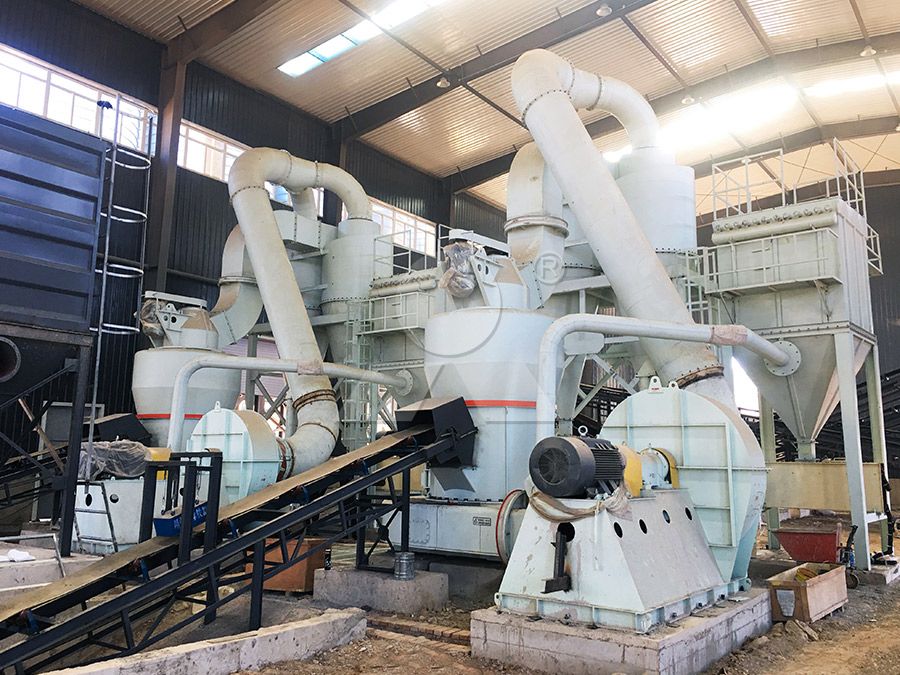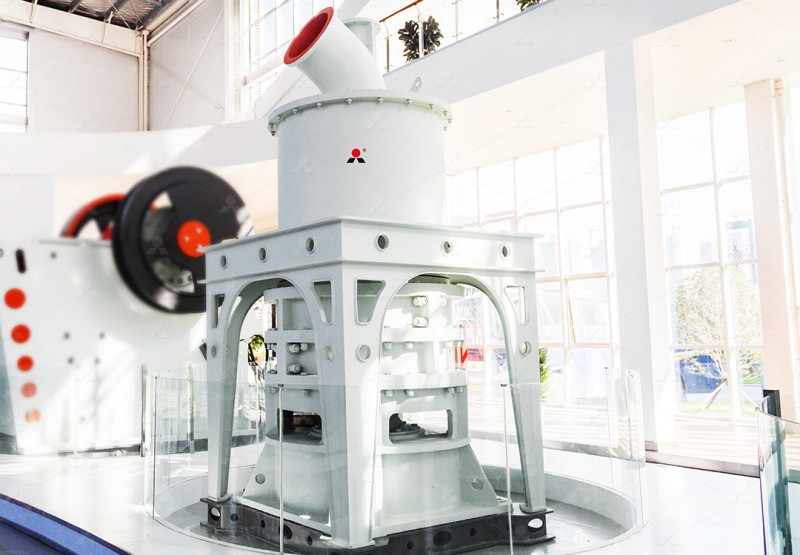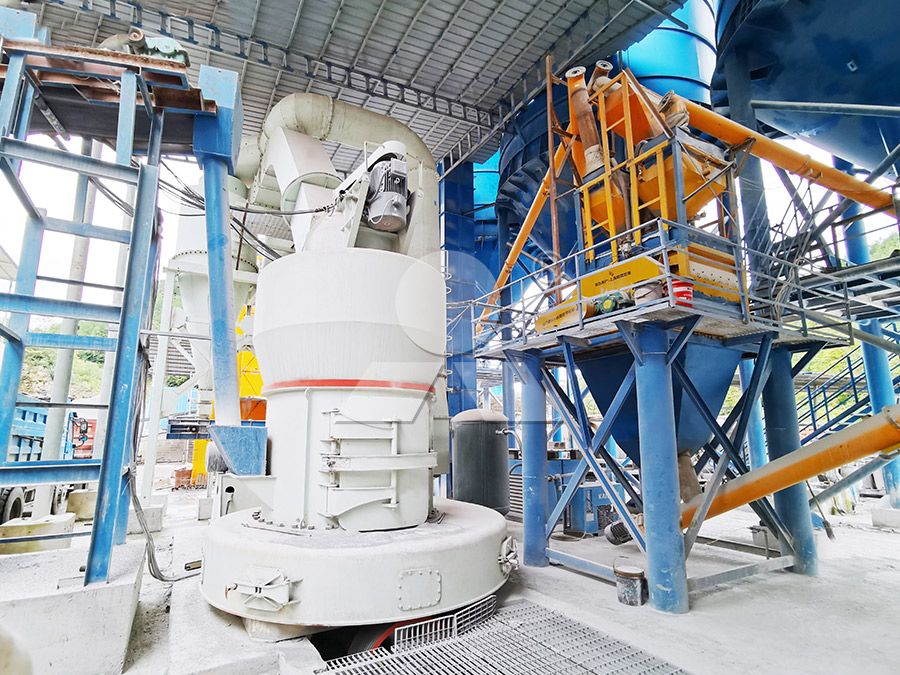Raymond Mill for Grinding Kaolin Clay in Industrial Applications
Raymond Mill for Grinding Kaolin Clay in Industrial Applications
Kaolin clay, also known as china clay, represents one of the most versatile industrial minerals with applications spanning paper coating, ceramics, rubber, plastics, and pharmaceuticals. Its value is directly tied to particle size distribution and purity, making the selection of appropriate grinding equipment paramount to operational success. For decades, Raymond Mill technology has served as a reliable workhorse in kaolin processing circuits, offering a balanced solution for achieving the fine powders required by demanding specifications.

The traditional Raymond Mill design excels in processing materials like kaolin with a Mohs hardness below 7 and moisture content under 6%. Its grinding mechanism, utilizing swinging rollers centrifugally forced against a stationary ring, creates a consistent shearing and crushing action ideal for clay minerals. This mechanical approach generates less heat compared to some alternative methods, preserving the crystalline structure and brightness characteristics so critical to kaolin’s commercial value. Modern iterations have further enhanced this foundational technology with improved efficiency and control systems.
Technical Considerations for Kaolin Processing
When configuring a milling system for kaolin, several factors demand careful attention. Feed size must be properly controlled, typically below 25mm, to ensure efficient grinding chamber operation. Moisture management proves equally important, as excessive moisture can lead to clogging and reduced throughput. The whiteness preservation of kaolin requires equipment that minimizes iron contamination, making internal surface treatments and proper material selection essential design considerations.
For operations requiring higher throughput or finer end products, technological advancements have yielded superior alternatives. Our MW Ultrafine Grinding Mill represents such an evolution, specifically engineered for customers requiring ultra-fine powder between 325-2500 meshes. With an input size capability of 0-20 mm and capacity ranging from 0.5-25 tph, this system delivers higher yielding at lower energy consumption compared to traditional approaches. The absence of rolling bearings and screws in the grinding chamber eliminates concerns about bearing damage or loose screws causing operational downtime.

Advanced Solutions for Modern Requirements
Beyond the MW series, operations seeking vertical grinding solutions should consider the LUM Ultrafine Vertical Grinding Mill, which integrates ultrafine powder grinding, grading and transporting in a single compact unit. With input size of 0-10 mm and capacity of 5-18 tph, this mill employs the latest grinding roller technology and German powder separating technology to achieve exceptional product quality with reduced energy consumption. Its reversible structure simplifies maintenance operations, while double position-limiting technology ensures operational stability even under variable feed conditions.
Environmental considerations have become increasingly important in mineral processing. Modern milling systems address this through integrated dust collection and noise reduction technologies. The MW Ultrafine Grinding Mill, for instance, incorporates an efficient pulse dust collector and muffler system that maintains operation within national environmental protection standards without compromising production efficiency.

Frequently Asked Questions
What is the typical particle size range achievable with Raymond Mills for kaolin?
Traditional Raymond Mills can typically achieve particle sizes between 80-400 mesh, while advanced systems like the MW Ultrafine Grinding Mill can produce powders ranging from 325-2500 meshes (d97≤5μm).
How does kaolin hardness affect mill selection?
Kaolin’s relatively low Mohs hardness (2-2.5) makes it suitable for various mill types, but the preservation of crystal structure and brightness often dictates the selection of equipment that minimizes heat generation and iron contamination.
What advantages do modern grinding systems offer over traditional Raymond Mills?
Contemporary designs provide significantly higher energy efficiency (30-50% reduction), greater automation, improved environmental controls, and the ability to achieve finer particle sizes with narrower distribution curves.
How important is moisture control in kaolin grinding operations?
Critical. Moisture content above 6% can significantly impact grinding efficiency and may require pre-drying systems. Modern vertical mills often integrate drying capabilities for handling materials with higher moisture content.
What maintenance considerations are unique to kaolin grinding systems?
The abrasive nature of kaolin, despite its softness, necessitates attention to wear parts. Systems like the MW Ultrafine Grinding Mill address this through designs that eliminate vulnerable components like rolling bearings in the grinding chamber and provide easy access for maintenance.
